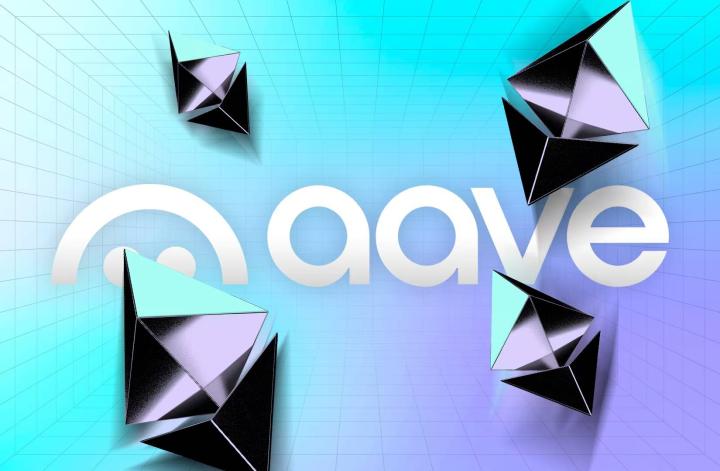foreword
The following definition is arbitrary: a full-chain game is a complex application built using smart contracts, and the core game loop runs directly on the blockchain.
but why bring games on-chain?
From "pong" in the Atari era, to fighting in the arcade era, to FPS, MMO in the PC Internet era, to Fruit Ninja in the mobile era, or today's AI-generated plots. A grass snake gray line in the development history of video games is the inspiration of new technology to new gameplay.
If the on-chain of game assets represented by game token economy/props NFT has injected "real money" elements into traditional games, it is more about monetization and live-ops of playing games
Then, putting the core logic of the game on the chain is at the level of gameplay design, inspiring a group of games that can achieve the greatest "playing freedom" - this is our answer to the question.
Where is the fun of the whole chain game?
While builders are still building, a killer fully on-chain game that can break the circle has not yet appeared. Let’s talk about what makes future full-chain games fun and how to design a fun full-chain game.
We may have all heard the tragic story of V God and the designer of World of Warcraft. The story of creating an independent world with a full-chain game and establishing the laws of digital physics is very sexy. There are also many projects that have attracted attention recently, but completely decentralized games, Narratives such as player sovereignty, the author believes that it still needs repeated deliberation. Instead of getting caught up in a definition dispute—to discuss the definition of on-chain game, how many games on the chain can be considered fully on-chain, to discuss whether a product is considered a game, etc.
It’s better to return to the primary question-if a full-chain game product is defined as a video game, what’s so fun about it as a game? Who will pay for him? If you wanted to recommend any product in this category to a gamer, what would you say? all after all, what's so fun about it?
We start with a piece of freshly-baked news at GDC.
Epic Games is about to open the beta test of its new product Unreal Editor for Fortnite (UEFN for short) on March 22. To put it simply, this product is Epic's "killing chicken with a bull's knife", using technology based on the UE5 engine to create a content editor exclusively for "Fortnite" for players to create and share content in the game.
 The predecessor of UEFN is the Fortnite Creative editor tool launched by Epic Games in 2018. The functions of Fortnite Creative are relatively "fool-like": players can operate characters to move around, use "mobile phone" props to modify the terrain in the game, edit and place materials and item positions, and other simple operations, and the assets that can be used are also very limited .
The predecessor of UEFN is the Fortnite Creative editor tool launched by Epic Games in 2018. The functions of Fortnite Creative are relatively "fool-like": players can operate characters to move around, use "mobile phone" props to modify the terrain in the game, edit and place materials and item positions, and other simple operations, and the assets that can be used are also very limited .
The UEFN launched this time is far superior to its predecessors in terms of functionality. In addition to being compatible with all tools in Fortnite Creative, Epic provides players with a complete set of professional-level development tools widely used in the Unreal 5 engine, including special effects tool Niagara, animation tools Control Rig and Sequencer, etc. Players can also load external textures , meshes, audio and animation files, create materials and 3D modeling in UEFN, import external model assets, and more. In addition, Epic even launched its own programming language Verse in UEFN. From a functional point of view, the UEFN carried in "Fortress Night" can almost be called "UE5 Youth Edition".
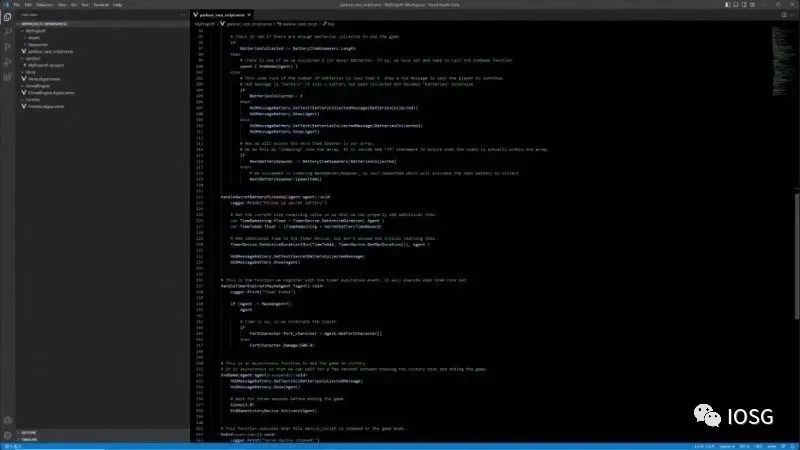 Smart makers are making games with players.
Smart makers are making games with players.
From legendary private servers, to GTA mods, to Minecraft, Robolox, to the recent Fornite creative mode, and even looking at other content fields, operators will find that the most efficient way to build content barriers/combat content consumption will always be It is a useful creation tool for users/players to prosper the UGC ecology. But returning to the game, the proposition of decentralization and empowering individuals is actually much more complicated:
As the ninth art, as a kind of interactive and immersive content, the design and development of traditional video games, from indie to commercial games, from a $999 to 3A, is actually very fancy to convey the designer's consciousness from top to bottom. As the chief engineer, the game producer is the first author of the game, holding all the power of life and death in the design and development process. This is the case for major European and American 3A manufacturers, and even more so for Japanese manufacturers who respect the star producer system.

The development process of traditional large-scale games is more like building a pyramid, but it is actually a highly centralized matter. Only a selected few get to set the rules. There is very little freedom for other "ecological participants".
The gameplay itself is about the refinement and design of the rules. In order to ensure the unity of the theme and gameplay of the work, it is difficult for the designer’s awareness/core gameplay design to be absent. Otherwise, it will be just some kind of social experiment, and it will not be in the “game” scope of discussion.
In the final analysis, it is difficult to build a fun and immersive experience with complete decentralization.
On April Fool's Day in 2017, a social experiment r/space was held on Reddit. Tens of thousands of players drew on the same pixel canvas. The paintings cover each other and a hundred flowers bloom together is very beautiful, but it is hard to imagine that there can be a unified theme/playstyle on this canvas
——The collective of creators lacks sufficient consensus.
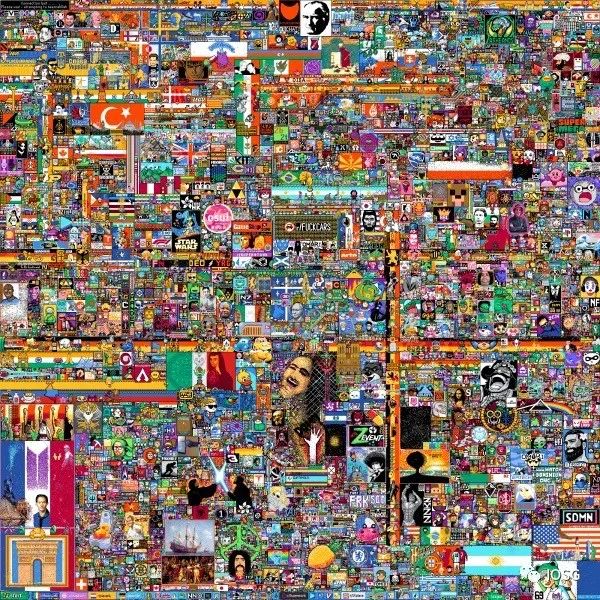 The contradiction is: the game designers control the creative freedom too much, the game remains unchanged and it is difficult for players to participate, and the creative freedom is too much surrendered, so it is difficult to guarantee that the game itself will not be completely different. So how to fully let go of the creative freedom of the game on the premise of ensuring the core gameplay of the game? The full chain game has brought some kind of dawn .
The contradiction is: the game designers control the creative freedom too much, the game remains unchanged and it is difficult for players to participate, and the creative freedom is too much surrendered, so it is difficult to guarantee that the game itself will not be completely different. So how to fully let go of the creative freedom of the game on the premise of ensuring the core gameplay of the game? The full chain game has brought some kind of dawn .
 In contrast to the example of the pyramid, Yu Gong told his descendants that you have to tell your descendants that our family is going to dig this mountain so that we can go to sea. Some of the children and grandchildren used shovels to dig, some used dynamite to blow up, and some invented airplanes to fly over...
In contrast to the example of the pyramid, Yu Gong told his descendants that you have to tell your descendants that our family is going to dig this mountain so that we can go to sea. Some of the children and grandchildren used shovels to dig, some used dynamite to blow up, and some invented airplanes to fly over...
If we use the wisdom of Yugong Yishan to unite players with a simple but solid consensus, and transfer the freedom of how to play this game to players, what kind of products will appear?
Design a full-chain game by hand
The fun of the full-chain game should be: to build a solid and non-tamperable core gameplay on the blockchain, and to transfer the design of the derivative gameplay to the player to the greatest extent, so that the game derivative itself can generate countless possibilities, and content re-creation is possible. Unlimited scalability.
The author thinks that creating a fun full-chain game can realize this vision. The designer should try to play god (of course an interesting god) and create an interesting world. Specifically, there are three steps:
1) Extract the core gameplay of the game, clarify which elements you want to be engraved into the game dna, and do not want anyone (including the author) to change, and then split the core gameplay into the smallest atoms
2) Turn the game atom into the player's consensus with the blockchain, and become the underlying rules for the operation of the game world
3) Use rational design to encourage humans to use these atoms to create more interesting and richer worlds.
Let's imagine this:
1) Split the core gameplay into the smallest atoms. Suppose we want to design a full-chain survival and construction game with a medieval theme. The core gameplay of the game is crafting: a+b=c. After analysis, it is,
Items crafted in the game inherit properties based on the resources they use, and these items can then be named in a certain way so that other elements of the game can respond to them.
We decided to put the logic of crafting into the smart contract, which is different from the game logic stored in the centralized server. Everyone can understand and verify these logics. This part of the game is like the physical theorem that runs in this world. will to transfer.
2) Turn the game atom into the player's consensus with the blockchain, and become the underlying rule of the game world. Then we go to define a world, there are 5 elements in this world, LIFE (blood) ATTACK (attack) DEFENCE (defense) SPEED (speed) BULK (volume).
 All items in the world contain these elements. If the wood picked up in the game walk has 100 defensive properties, then it can be crafted into a shield. Turning wood into shields is the job of writing a smart contract. Players can also add this smart contract to buildings on the map to create a factory building for turning wood into shields—a weapon factory.
All items in the world contain these elements. If the wood picked up in the game walk has 100 defensive properties, then it can be crafted into a shield. Turning wood into shields is the job of writing a smart contract. Players can also add this smart contract to buildings on the map to create a factory building for turning wood into shields—a weapon factory.
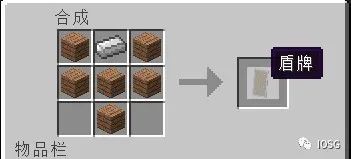 This could be a very simple smart contract: input wood, output shield. But behind it lies the physical laws of this world - 1. Items and items can be synthesized into new items 2. Wood (defense) can resist attacks (attack). This physical law cannot be tampered with, and all players need to respect it.
This could be a very simple smart contract: input wood, output shield. But behind it lies the physical laws of this world - 1. Items and items can be synthesized into new items 2. Wood (defense) can resist attacks (attack). This physical law cannot be tampered with, and all players need to respect it.
But how to use it-whether to attach it to a building and name it a weapon factory, or attach it to an npc and name this npc Valkyrie-can also use magic to turn wood into Shield of Solomon. Then leave it to the player to create. There is nothing prohibited by law.
Smart contracts are not limited to crafting items. As a player in the game, I wanted to write a substory about The Shield. This can create a building - a fortress - using materials that contain a lot of BULK atoms. Attach a smart contract to this wall, allowing only past players carrying a shield called the Immortal Aegis to pass through. In this way, besides being useful in battle, the Immortal Holy Shield also has other practicalities. In addition, these items themselves can be used to make new items, so 10 Immortal Shields and a Witch Tooth can participate in a lottery, and the lottery has a probability to open the Ring of the Ancients, allowing the holder to obtain the SPEED element on the map through the inherited SPEED element. road map.
The logic that these designers have never imagined can be developed and added to the game by players, because this part of the rules is left blank.
In addition to the core of crafting above, there are many things to imagine. For example, buildings can run any smart contract, allowing AMM transaction posts, casinos, dungeons. Remember the forest where you gathered wood? It's just an object with some LIFE elements without a counter. that dragon? It's another object with a lot of ATTACK elements that require a lot of players with ATTACK and DEFEND elements to defeat.
Designers can safely hand over the code to players for editing, and open the game for players to create, because they can be sure that the things they stipulate are difficult to be tampered with.
I’m not flying in the sky, these concepts are being verified. For example, in the sandbox game on the εxgrasia chain, each piece of land is a smart contract that players can program.

3) Use rational design to encourage humans to use these atoms to create more interesting and richer worlds. The last step is actually the hardest. Give your game good aesthetics and dynamics, and tell players that this world can do so many things, but why should I do it? This is the category of traditional game design, and it is also an aspect that many proof-of-concept full-chain game projects still need to improve. The space here is limited and will not be expanded.
Closing thoughts
When it is difficult to describe a new concept, it is a good way to find a proper reference in the old antiques. This is especially applicable to games. From drawing a bow and archery to crossing the line of fire, the feedback loop in the human brain has really not changed much. If you ask me how the core logic of the game can be added to the fun of the game, and I can choose a reference to explain it...
I will look for board games with player co-building functions, or poker - there are some rules designed and limited by developers. These hard rules have a broad consensus and cannot be tampered with, just like the number of hands and suits in poker. On the one hand, these rules are simple enough, and the consensus is broad enough, so that they can be passed down among different cultures and eras without loss. On the other hand, everything except these rules is free, you can use them to play Texas Hold'em, Doudizhu, Zhajinhua, and even use physical properties to play Jenga music house of cards, darts and so on.
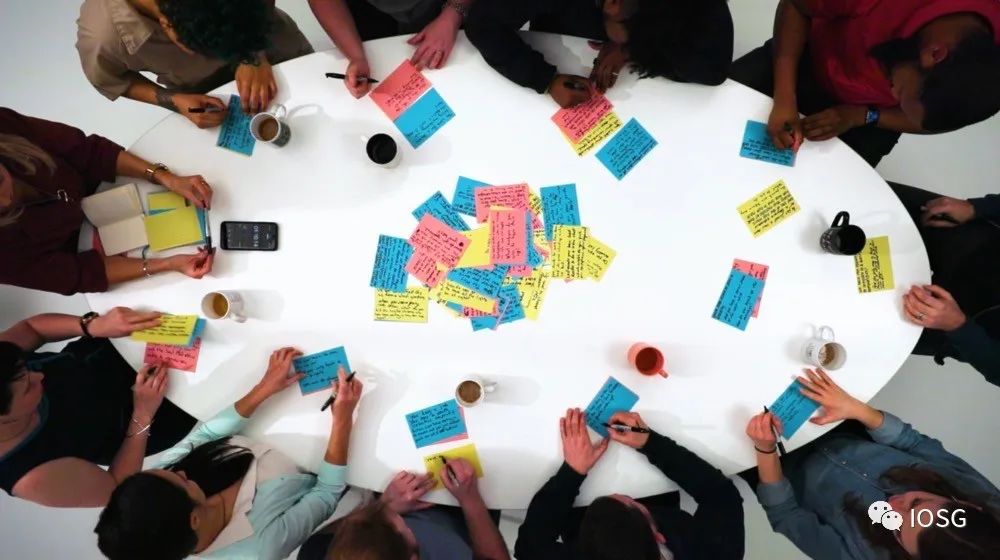
The rules that need to be followed have all been designed, but all gameplay is waiting to be developed.
With the strictest rules, comes the greatest freedom. This is the greatest freedom of play that can be designed.







